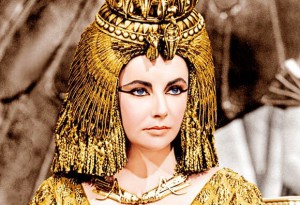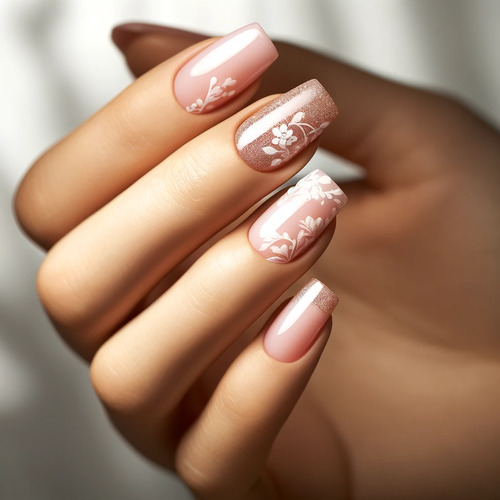What is nail art?!
Nail art is the art of decorating the nails on your hands and feet, allowing you to create unique and stylish looks.
Although today nail art is perceived as an independent industry, inextricably linked to fashion and self-expression, in the past it was quite different. Similar to make-up, the first to paint nails were men, not women.
In ancient times, nail art served not just as a decoration, but as a symbol of social status. In ancient Babylon, men used charcoal to colour their nails. Black was the privilege of the upper classes of society, while green was worn by people from the lower classes. Over time, the practice spread to women, retaining the same symbolism - a demonstration of belonging to a certain social class.
In ancient Egypt, women coloured their nails with henna, giving them rich shades. For example, Queen Nefertiti chose bright red colour, while Cleopatra preferred noble copper and gold tones. It is noteworthy that ordinary women were strictly forbidden to use the same colours as the queen. In ancient China, the first nail polishes created from natural ingredients already existed at that time. Nail colour symbolised social status: both men and women decorated their nails with gold and silver dust, emphasising their high position in society.

With the development of fashion and the film industry, as well as the emergence of celebrities, manicure trends began to be actively promoted. For example, the ‘half moon’ manicure, created especially for Bette Davis by a manicurist hired by the MGM film company, and the French manicure became widely known.
An interesting fact from the past: in order to maintain a flawless appearance to the very tips of the nails, film stars used the method of lengthening the nails with glued natural plates. People with strong nails let them grow, then cut them and sell them. However, this method was not very effective: the nails peeled off easily and were mostly used only for film shoots.
In 1954, the technique of nail extensions received a new impetus thanks to dentist Fred Slack and his brother Tom Slack. In an attempt to repair a damaged nail, they developed acrylic technology that changed the future of the nail industry. Although formulations and techniques have undergone many changes since then, this discovery was a pivotal moment that started the modern nail service industry.
Today's manicure trends are constantly evolving, offering new nail shapes. If earlier the choice was limited to classic rounded, square or oval shapes, today masters offer more daring and extravagant options. These include such unusual shapes as the stiletto, agee and paip.

The expansion of the nail plate surface has opened up limitless possibilities for design and decoration, turning the nails into a real canvas for creativity. Thanks to a wide range of materials and techniques, everyone can find a unique solution for their manicure. Among the most popular methods of nail decoration are painting with acrylic and gel paints, watercolour technique, as well as the use of rhinestones, stickers and tattoos. Acrylic powder, transfer foil, metallic elements and glitter are often used to create volumetric 3D-decor.
The world of nail art is constantly evolving, reflecting modern techniques, the latest products and current trends dictated by fashion houses and stars on red carpets. Today, nail design offers an incredible variety of colours, shapes and styles, providing limitless opportunities for self-expression. Every detail of the manicure becomes a way to show your individuality and creativity, turning your nails into a real work of art.
Read also: What tools do you need for a manicure?
The world of nail art is constantly evolving, reflecting modern techniques, the latest products and current trends dictated by fashion houses and stars on red carpets. Today, nail design offers an incredible variety of colours, shapes and styles, providing limitless opportunities for self-expression. Every detail of the manicure becomes a way to show your individuality and creativity, turning your nails into a real work of art.
Read also: What tools do you need for a manicure?










